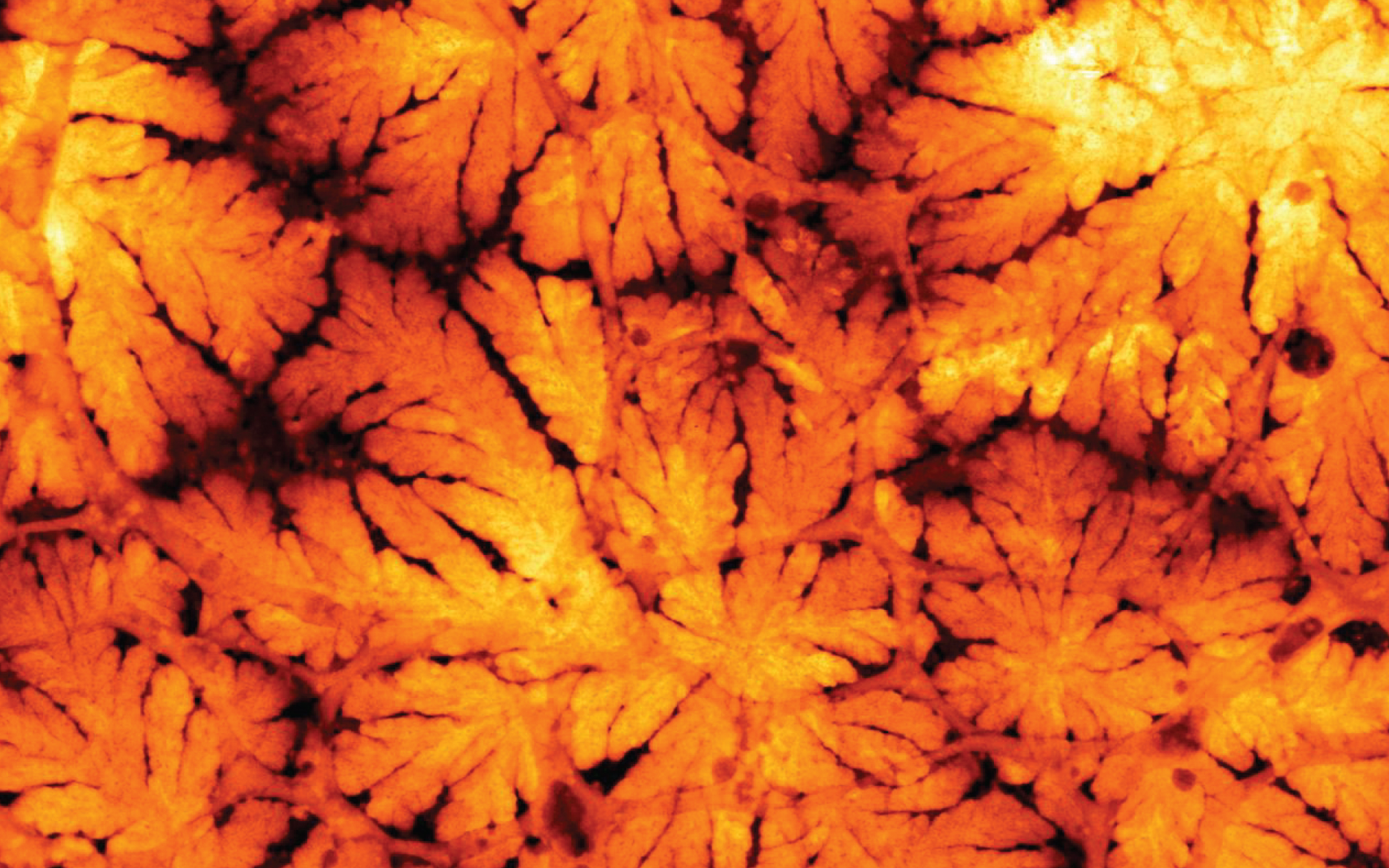Lithium-ion (Li-ion) batteries have reshaped our world thanks to their ability to pack immense amounts of electricity into small and light devices. Yet as the world tips towards renewable energy, there’s a growing need for batteries with better capacities, performance and reliability, which would make them more viable for power grids and vehicles.
One avenue for improvement involves fixing an old ‘thorny’ problem with Li-ion batteries. After prolonged use, battery anodes tend to form needle-like, electrically-conductive growths known as dendrites, which can pose safety risks.
“Lithium dendrites are formed due to unevenly-deposited lithium ions during the charging and discharging process. They can increase the chances of a battery shortcircuiting, materially degrading or catching fire,” said Andy Man-Fai Ng, a Principal Scientist at the A*STAR Institute of High Performance Computing (A*STAR IHPC).
To suppress dendrite growth, most commercial Li-ion batteries use graphite anodes with lithium salt and electrolytes, but this stability can cut the battery’s maximum capacity down to a tenth of its potential. In theory, lithium metal batteries (LMBs)—which use lithium itself as the anode—offer a significant boost to capacity, but this alternative design forms dendrites too rapidly for safe and practical use.
To overcome this, Ng and A*STAR IHPC colleagues worked with the National University of Singapore in a computational search for novel electrolyte additives that can help regulate lithium ion movement and level out dendrites in LMBs.
“Electrolyte additives can add to the formation of a stable and robust solid electrolyte interphase (SEI) that guides smooth lithium deposition,” Ng explained. “This reduces the risk of dendrite formation and allows the use of lithium-metal anodes with much higher specific capacities.”
Using an inverse design strategy, the team combined machine learning (ML) approaches and Bayesian optimisation (BO) to screen over 2.6 million molecules from the PubChemQC database for potential electrolyte additives. They trained their ML model to identify molecules with specific desirable properties, particularly dendrite suppression based on interaction energies with lithium metals. Meanwhile, BO guided the model’s search through the database’s vast chemical ‘space’, tagging promising molecules for further evaluation and using them to enhance the model’s accuracy.
“Through an iterative process, we formed an active learning loop which gradually improved the model while its algorithm converged toward the search space’s global optimum,” said Ng.
Over the course of their study, the researchers identified 62 potential SEI-forming molecules and 106 levelling molecules that were predicted to perform better than similar electrolyte additives in current literature.
“To our knowledge, this work is the first instance of the use of computational inverse design combining ML, BO and atomistic modelling to discover electrolyte additives,” said Ng.
The team is now working on generalising their approach to other applications, such as screening novel materials for other types of batteries and enabling molecular engineering through designing more efficient energy storage components.
The A*STAR-affiliated researchers contributing to this research are from the A*STAR Institute of High Performance Computing (A*STAR IHPC).






